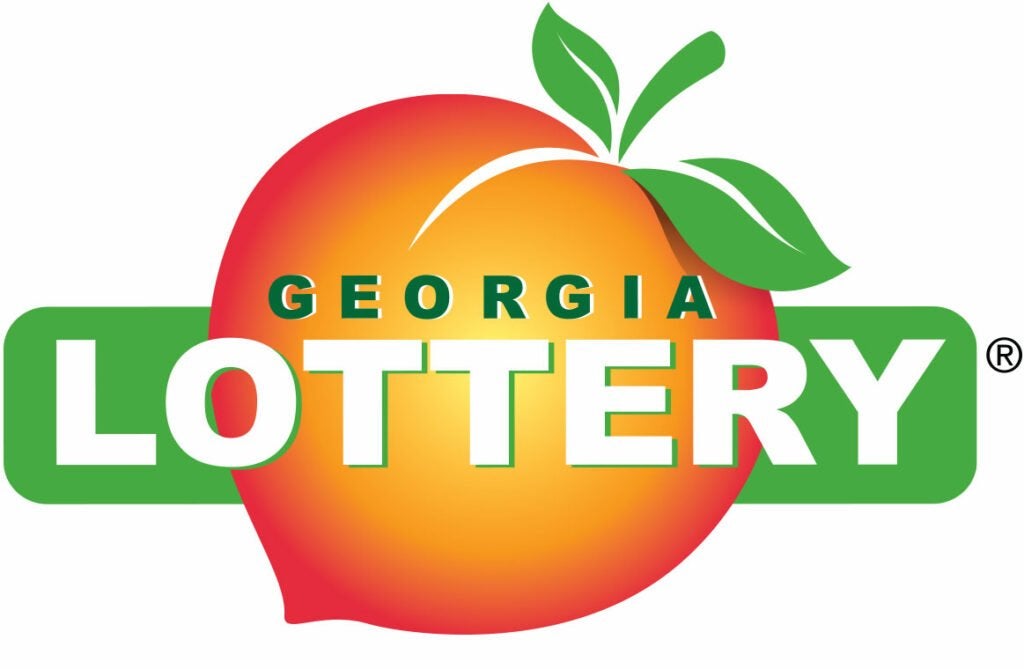It’s February already, can spring be far behind? As I write this, we have had a very mild winter with the exception of the hard freeze that hit us for a few days in January.
Our expectations for the next two months look mild as well. However, as we all know, a snap hard freeze seems to hide in the closet until we put out some tender plantings and then it strikes us when we least expect it. As I have mentioned before, I have come to use “tax day” (April 15) as my “safe day” to plant tender new seedlings.
However, in the meantime there’s lots to be done in February. Thanks to the Augusta UGA Cooperative Extension and Campbell Vaughn, our able county agent, we have an excellent gardening calendar that can help guide us. You can pick up a free copy at the office at 602 Greene St. during business hours Monday-Friday. Here are a few excerpts from the February page:
- Plant shrubs and small trees, including rose bushes and fruit varieties.
- Prune shrubs which bloom in the summer, however, do not prune spring flowering shrubs because they will have already set their buds and pruning them will ensure that you get no blooms. Spring flowering shrubs need to be pruned immediately after they finish blooming in late spring or early summer. This link is an excellent, in depth, discussion of this sometimes confusing issue: https://secure.caes.uga.edu/extension/publications/files/pdf/B%20949_6.PDF
- Here’s a simple and handy tip for folks with house plants. When you water them, take a moment to turn the plant so that it gets more uniform light on all its parts. This is also an excellent time to carefully examine the plants for any pests that may have taken up residence. I swear, they seem to appear overnight!
- Remember that indoor house plants may need to be misted occasionally as the cooler air dries them out much more rapidly. Wintertime humidity levels inside your home can drop to 5-10% and produce stress, particularly in plants with a tropical or subtropical origin. More on this topic from the U. of Nebraska Extension can be found online: https://lancaster.unl.edu/hort/articles/2002/winterhouseplants.shtml#:~:text=Temperatures%20below%2050%20degrees%20F,of%2040%20to%2050%20percent.
- If you have weed problems in your lawn, now is the time to apply pre-emergent herbicides, but generally avoid using the “weed & feed” types. Consider this excerpt from the UGA publication Weed Control in the Home Lawn. “Although applying a weed-and-feed treatment is convenient, consider certain factors before application. Depending on the turfgrass, the time of year an herbicide should be applied may not coincide with the time a year a fertilizer should be applied. The nutrient of greatest concern is nitrogen. Weed-and-feed products containing nitrogen should be avoided until the soil temperature at 4 inches deep, is consistently 65° F or higher.” https://secure.caes.uga.edu/extension/publications/files/pdf/B%20978_2.PDF
- If you are into vegetable gardening, now is the time to plant seed for cool season crops, including beets, radishes, English peas, carrots, collards, kale, turnips, lettuce, and mustards. You can also start putting in onions and potatoes. Now is also a perfect time to begin preparing your indoor or greenhouse started seedlings. Be sure to check the package to see how long the variety takes to germinate and grow to transplantable size. Most of us want a good sized transplant ready for the outdoors by mid-April. By the way, this holds true for all those colorful Spring annuals as well. This is a great way to save a few dollars and it’s fun as well. Try growing a tray or two from seed and let us know how it works out for you. Here’s a quick guide: https://secure.caes.uga.edu/extension/publications/files/pdf/B%201432_3.PDF
A couple of months ago, I mentioned that I would be trying to over winter a few of my pepper plants. I have several of these one year old plants in five gallon buckets in an unheated greenhouse. So far so good. I’ll keep you posted.
In closing, I’ll note that there has been a growing interest in the Southeast in citrus plants, which are much more cold tolerant than those of our grandparents. I was gifted with a one year old Improved Meyer Lemon last year.
It is now growing in a half whisky barrel and is a resident in my laundry room under a purple LED grow light for the time being. It is blooming away continuously, and the fragrance is impressive. It has one nearly ripe lemon which is the size of a softball. I am led to believe that I may be able to plant this outside this spring and have it survive most Winters in our zone. We shall see… If any of you have experience with growing Meyer Lemons outdoors, year around, we would love to hear how you have fared.









